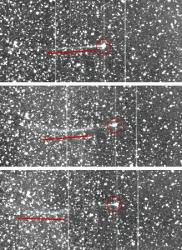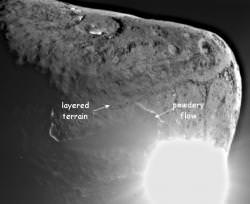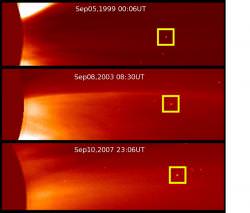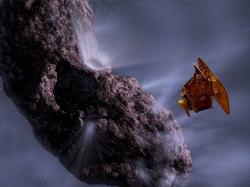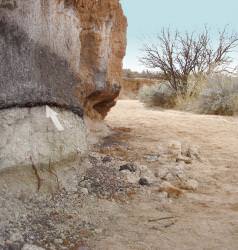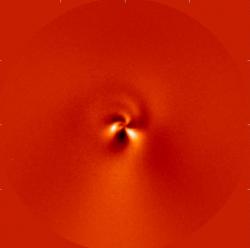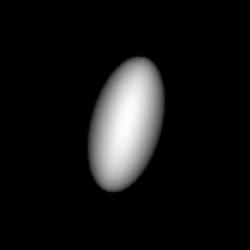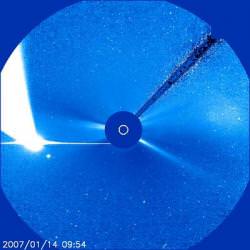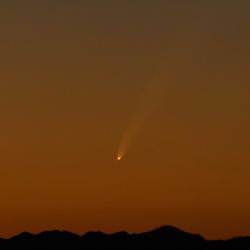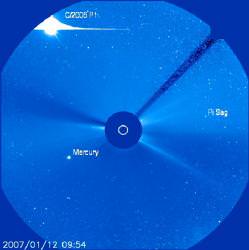Comets are known as dirty snowballs. As they approach the Sun, the constant solar wind picks away at their snowy exterior, creating the beautiful tail we see trailing behind. But sometimes the solar wind is replaced with a solar hurricane, and in the case of Comet Encke, its graceful tail was completely torn off.
The series of images was captured by NASA’s STEREO spacecraft, which are normally gazing at the Sun from two positions in the Earth’s orbit. This allows them to see objects with 3-d vision.
Scientists have long suspected that the Sun’s solar wind can be a fickle thing. Usually it’s blowing steadily from the Sun, but in the case of a coronal mass ejection, it can become a fierce solar hurricane. When scientists detected a coronal mass ejection on the Sun, they refocused the space observatories on Comet Encke, which was unfortunate enough to be inside the orbit of Mercury, just to see what would happen.
As the giant cloud of magnetized gas struck the comet traveling thousands of kilometres a second, it brightened the tail briefly. And then the tail was ripped right off.
Astronomers think that the comet had a mini magnetic reconnection event, similar to what happens here on Earth when we’re struck by a coronal mass ejection. Oppositely directed magnetic fields around the comet “bumped into each other” by the magnetic fields in the CME. That released a burst of energy, and tore off the tail.
The researchers have stitched together several images into a movie, that shows the whole process happening. Just a warning, the video is 7 MB.
Original source: NASA News Release

